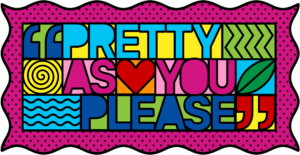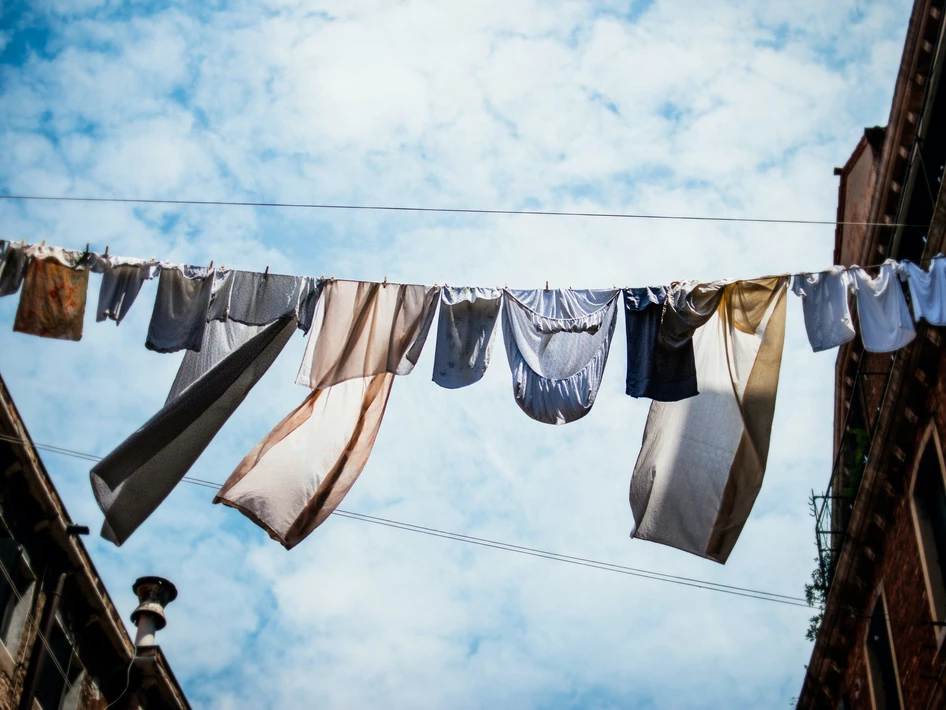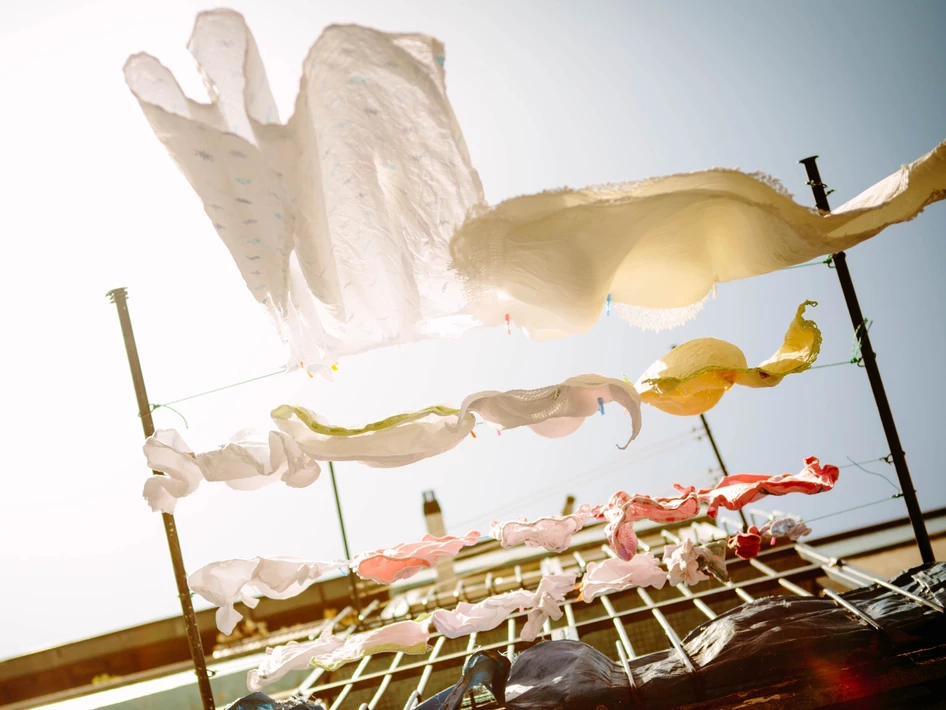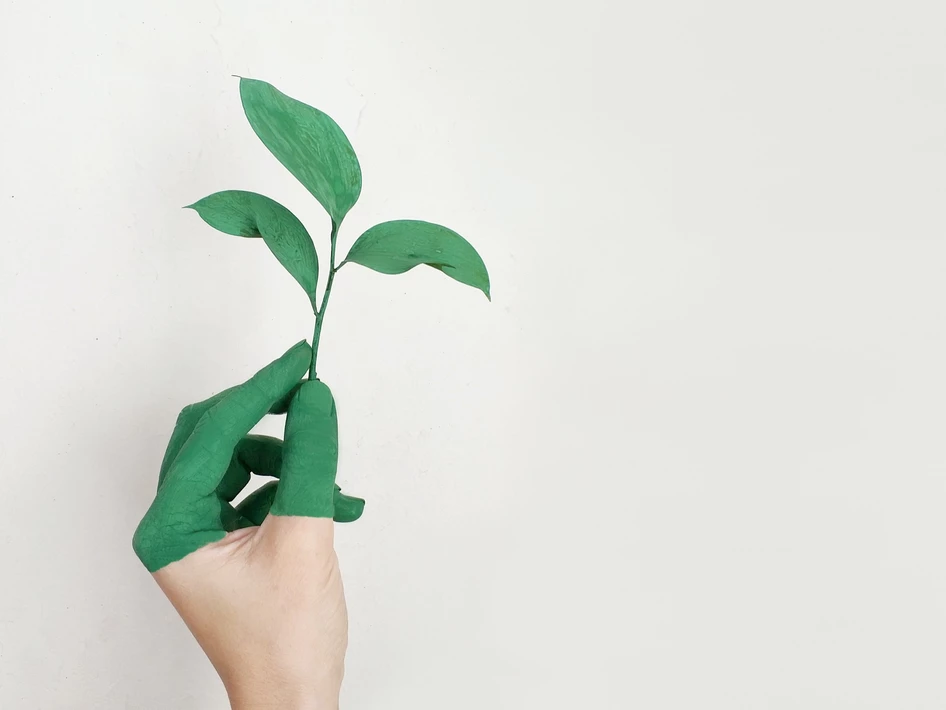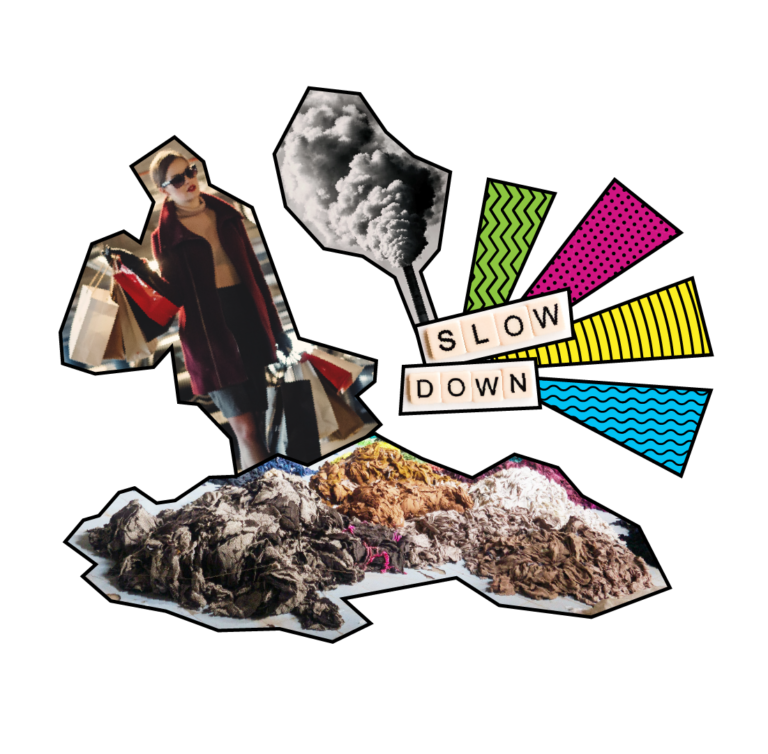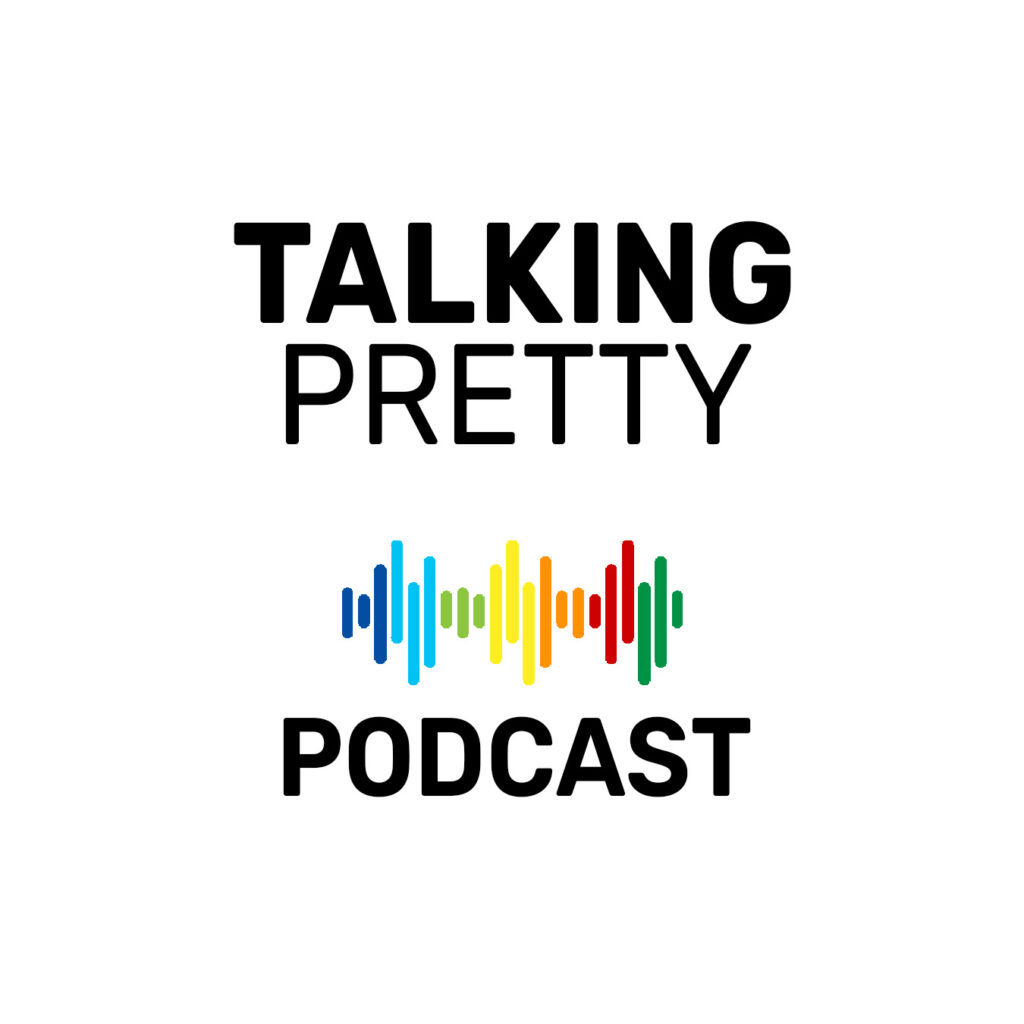How do you figure out whether a brand or product is true to its claims or whether it’s just greenwashing its way through? Well, the one way to be assured of the traceability of the supply chain and the transparency of the manufacturing process is by looking for certifications. These third-party certifications and accreditations not only help the consumer make more ethical choices, but also help brands establish their credentials as conscious creators. But how do you know what certifications to look for, and what these stand for? We’ve got you the lowdown on the 10 most popular certifications you’re likely to find on your clothing labels.
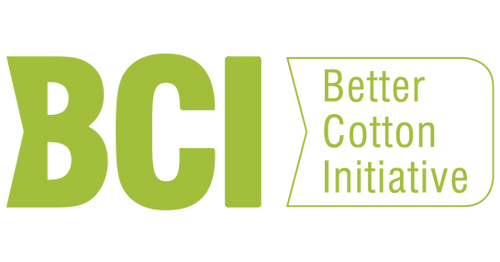
BETTER COTTON INITIATIVE (BCI)
The organization:
A global not-for-profit organization, BCI is the largest cotton sustainability programme in the world, providing training to almost 2.3 million cotton farmers across 23 countries. In the 2018-19 cotton season, BCI farmers produced more than 5.6 million metric tonnes of ‘better cotton’, accounting for 22% of global cotton production!
What they certify:
BCI is an affiliate programme that enables associated brands to access ethically-produced ‘better cotton’, cultivated by licensed BCI farmers. BCI cotton is not necessarily organic, but follows sustainable production practices, ensuring it is better for the people who produce it, better for the environment it grows in and better for the future of the cotton industry.
What it means for you:
The cotton you’re purchasing has been ethically produced, with lowest possible impact on the environment. The farmers and textile workers who’ve worked to produce it have all been paid fair wages and have worked in humane, sanitary conditions.
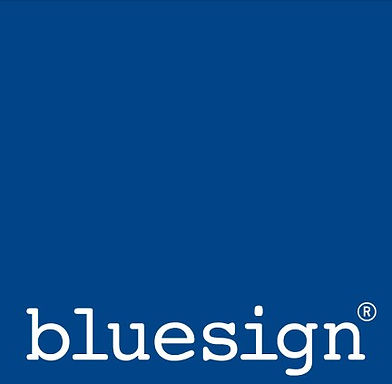
BLUESIGN
The organization:
A system that traces a textile’s path along the manufacturing process, providing safer and more sustainable environments for people to work in as well as for everyone to live in. Workplace harassment as the harmful effects of working with dyes as well as other synthetic chemicals that go into the production of fibres and yarns, are very much a reality. Bluesign works to ensure products that have the least adverse impact on both, people and the environment.
What they certify:
Workplace safety and consumer protection.
What it means for you:
Those who’ve worked on the product you’re buying were paid full and fair wages, and worked in safe, wholesome conditions.

CRAFTMARK
The organization:
Craftmarkworks with artisan organisations, craft-based businesses, cooperatives and NGOs to provide authentication for them in India, which, as we know, is home to a variety of handicrafts. Till date, Craftmark has certified more than 250 craft enterprises with an outreach of about 1,65,000 artisans across India.
What they certify:
Handcrafted products, based on sector-wide, process-specific standards and norms, developed by Craftmark.
What it means for you:
The handcrafted item you’re about to pick up has been ethically produced and benefits the artisans who made them.

THE BUTTERFLY MARK
The organization:
Positive Luxury, the organisation that grants brands The Butterfly Mark, believes luxury companies must go beyond achieving a minimum sustainability standard. Their assessment process is designed to reflect the self-regulations that a brand is governed by due to lack of government legislation.
What they certify:
Luxury brands that place sustainability as their core value, ranging from eco-friendliness to non-discriminatory policies, such as diversity and inclusion in their organisational chain.
What it means for you:
Positive Luxury’s technology-oriented process makes it extremely easy to guide us through the different luxury brands that reflect the highest sustainability standards. After all, these luxury brands do cost an arm and leg, so true sustainability can only be achieved when they’re totally worth your money!
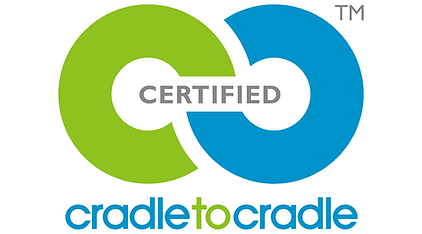
CRADLE TO CRADLE
The organization:
Cradle to Cradle is a globally-recognized measure of safer, more sustainable products made for a circular economy. This certification acts as a transformative pathway for designing and making products with a positive impact on people and the planet. The requirements are developed through an engagement process with input from technical experts, market leaders and the public. This is not just a one-time certification, the products are assigned an achievement level and, with time, it encourages continuous improvement to reach the highest levels of sustainability. A number of brands also rely on this certification as a preferred product standard for responsible purchasing decisions.
What they certify:
Everything from apparel and fragrances, to flooring and window treatments. The list is huge.
What it means for you:
The product you’re about to buy has been rated on environmental and human impact of production processes, recyclability, biodegradability and end-of-life possibilities.

RECYCLED CLAIM STANDARD
The organization:
The Recycled Claim Standard (RCS) and Global Recycled Standard (GRS) set the regulations for third-party certification of recycled input and chain of custody, internationally. The shared goal is to increase the input of recycled materials. Moreover, GRS also works to regulate the harmful effects of production on people and the environment, while making sure enough recycling is taking place.
What they certify:
Recycled contents in products.
What it means for you:
Remember the three Rs: Reduce, Recycle and Reuse. This certification provides both brands and end consumers a tool to make more informed decisions, ensuring the recyclability of your product.
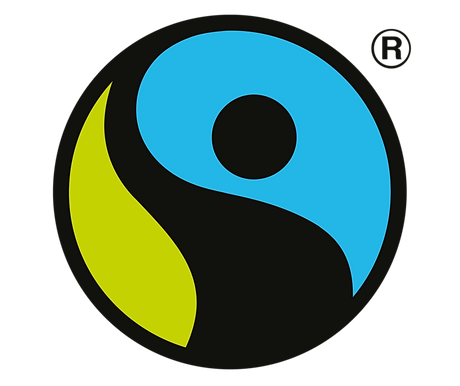
FAIRTRADE
The organization:
Fairtrade’s mission is to connect disadvantaged farmers and workers with consumers, promoting fairer trading conditions and enabling them to combat poverty, while strengthening their position to take better control of their lives. So far, over 1.7 million farmers and workers, and 1822 producer organisations, across 72 countries, have benefitted from Fairtrade affiliation and certifications.
What they certify:
Fair wages and healthy working conditions for workers. For farmers and workers, the standards include protection of their rights and the environment whereas for companies they include the payment of the Fairtrade minimum price and an additional Fairtrade Premium to invest in business or community projects.
What it means for you:
The people involved in the production of your purchase have not only been paid fair prices for their products and services but have also had access to fair working conditions and have been empowered in the process.
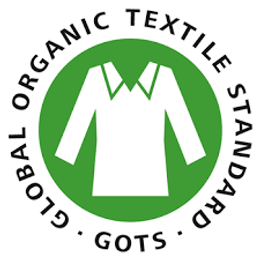
GLOBAL ORGANIC TEXTILE STANDARD (GOTS)
The organization:
GOTS is the gold standard in textile processing for organic fibres. It takes into account ecological and social criteria, which it then backs up with independent certification of the entire textile supply chain. The biggest advantage of having one common standard is that textile processors and manufacturers can export with one organic certification that is accepted in the majority of markets.
What they certify:
Organic fibres, though the final products may include anything from yarns and fibres to personal hygiene products and home textiles.
What it means for you:
It not only provides transparency but also helps consumers to choose products from green supply chains.
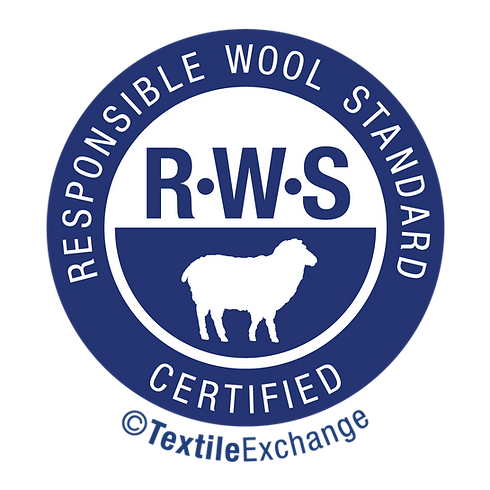
RESPONSIBLE WOOL STANDARD
The organization:
A voluntary standard that addresses the welfare of sheep and the land they graze on.
What they certify:
All sites, beginning with wool farmers to the seller in the final business. The farms are certified for animal welfare, land management and social modules of the RWS while the supply chain are certified to the content claim standard requirements.
What it means for you:
It helps you ensure that the wool you are using or buying is sourced from a farm that follows holistic practices with regard to welfare of the sheep as well as manages their land progressively.
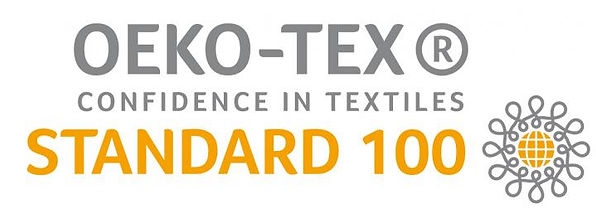
OEKO-TEX
The organization:
Oeko-Tex provides important boosts for innovation and thus make a significant contribution to the development of high quality products. It consists of 18 independent institutes in Europe and Japan that are continuously developing test methods and limit values for the textile and leather industry. The certification process guarantees maximum consumer safety.
What they certify:
The made-in-green label and Standard 100 label certify textiles and leather goods that have been tested for harmful substances and have been produced under sustainable and responsible conditions. The leather standard is tailored to specifically-finished or semi-finished leather articles that have been tested for substances. STeP certifies safe production facilities, which manufacture leather articles. Greenpeace DETOX campaign monitors wastewater quality management and the ECO PASSPORT identifies chemicals and colorants used in leather or textile that are not harmful to either our health or the planet’s.
What it means for you:
Often we have doubts about the production of textiles especially leather, trust this certification to fully clear your doubts while buying high quality products. It enables consumers and companies to make conscious decisions that protect our planet for future generations.
Disclaimer: Of late, a lot of certifications and certifying bodies have come under the scanner for unethical practices (yea, we know!). Even as we sift through these reports, we believe these certifications are a signifier of intent on behalf of the brands but also an important part of the consumer verification process.
